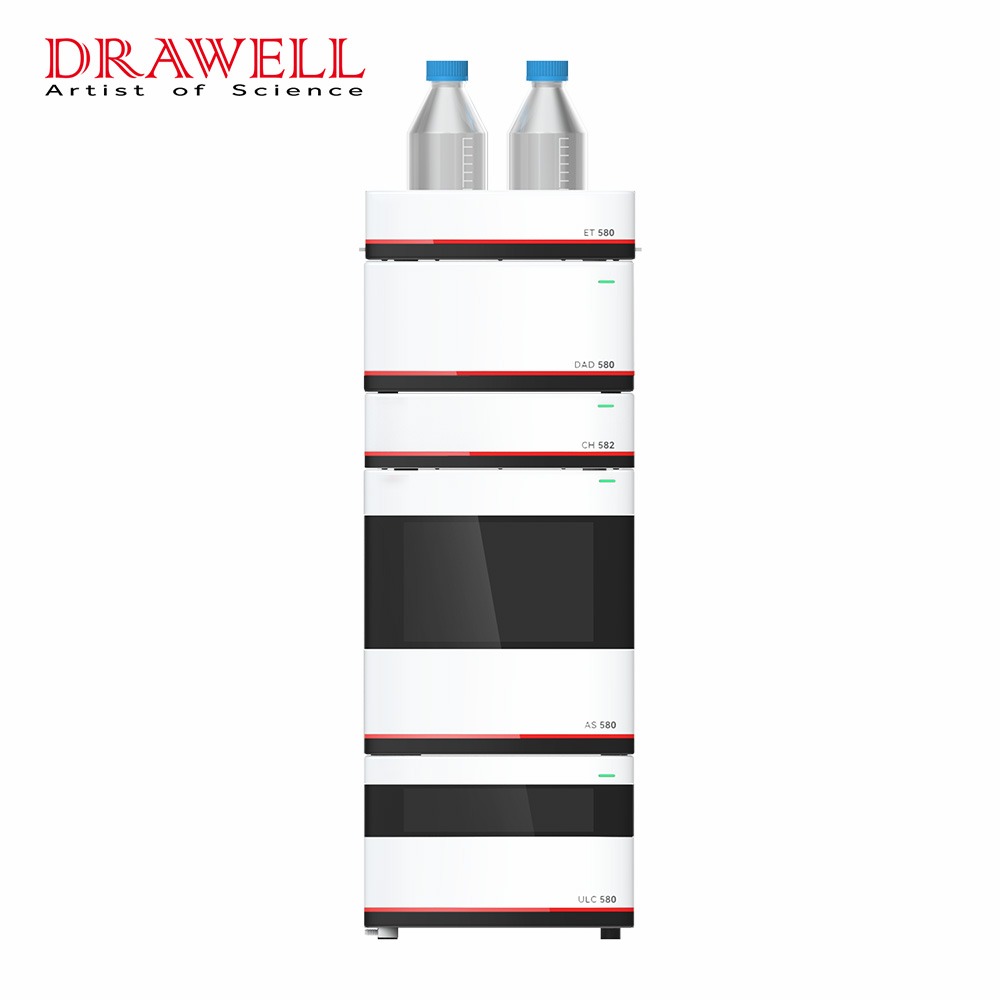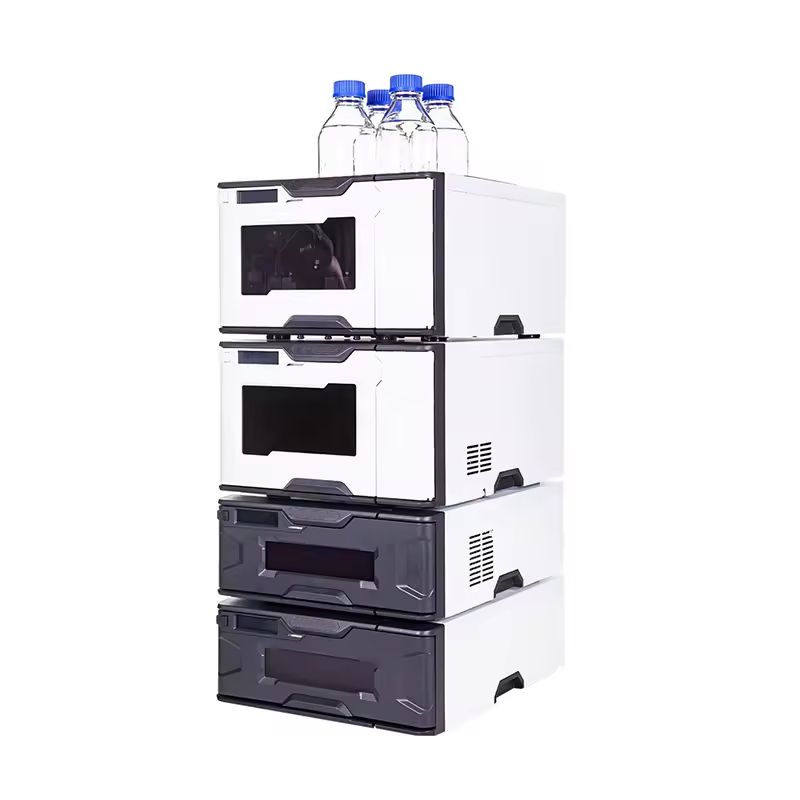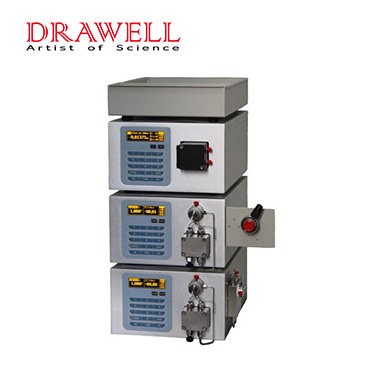High-Performance Liquid Chromatography (HPLC) is a potent analytical technology utilized in a wide range of scientific domains, from medicines and environmental analysis to food quality monitoring. The careful regulation of pressure within the chromatographic system is at the heart of HPLC, making it a critical parameter for successful separations and accurate quantification. In this article, we will focus on the topic of the significance of pressure in HPLC, its effects on chromatographic performance, and how it is controlled and optimized for various applications.
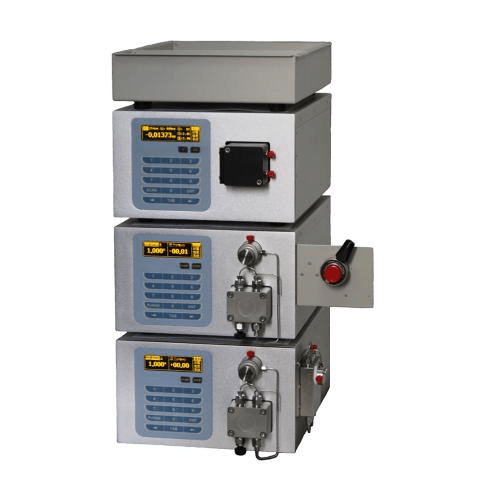
Understanding Pressure in HPLC
Role of Pressure in HPLC
HPLC is a potent analytical technology utilized in a wide range of scientific domains, from medicines and environmental analysis to food quality monitoring. The careful regulation of pressure within the chromatographic system is at the heart of HPLC, making it a critical parameter for successful separations and accurate quantification.
Key Pressure Parameters
- System Pressure: This is the total pressure within the HPLC system, which includes pressure decreases across the pump, column, tubing, and other components. It is commonly expressed in pounds per square inch (psi) or bars.
- Backpressure: The pressure drops across the chromatographic column, also known as column backpressure. It is mostly determined by the packing material and dimensions of the column.
- Operating Pressure: The pressure applied to the mobile phase to overcome frictional resistance and ensure a consistent and controlled flow rate.
Effects of Pressure on HPLC

Column Efficiency
Controlled pressure is required for excellent column efficiency, which results in crisp, well-resolved peaks in chromatograms.
Inadequate pressure can cause large peaks and poor separation, whereas high pressure can harm the column or shorten its lifespan.
Flow Rate and Retention Time
Pressure directly influences the flow rate of the mobile phase. By adjusting the pressure, analysts can fine-tune the flow rate, which in turn affects the retention time of analytes.
Higher pressure allows for faster separations by increasing the flow rate without compromising resolution.
Column Backpressure
Excessive column backpressure can be caused by particle size, column length, and flow rate. It has an impact on the system’s efficiency and the column’s longevity.
Monitoring column backpressure on a regular basis is critical for ensuring peak performance and avoiding column damage.
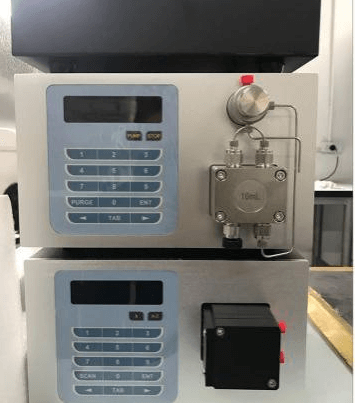
Key Strategies for Controlling and Optimizing Pressure in HPLC
Controlling and regulating pressure is critical for achieving precise and efficient separations using In High-Performance Liquid Chromatography (HPLC). Proper pressure management ensures chromatographic system stability, increases column life, and generates high-quality results.
1. Select the Right HPLC Pump
The selection of an HPLC pump is critical for pressure management. High-pressure pumps are used in modern HPLC systems to produce precise and consistent flow rates.
To maintain correct pressure control, ensure that the pump is well-maintained, routinely repaired, and properly calibrated.
2. Column Selection and Care
Column dimensions, including particle size, length, and inner diameter, have a significant impact on pressure.
Choose the column that best suits your separation requirements while considering pressure limitations.
Regularly inspect and maintain columns to prevent blockages or excessive back pressure. Proper column flushing and conditioning are essential.
3. Flow Rate Adjustment
One of the basic ways to regulate pressure in HPLC is to change the flow rate of the mobile phase.
Pressure is reduced when the flow rate is reduced, whereas pressure is increased when the flow rate is increased. Adjust the flow rate to achieve the best separation and resolution.
When adjusting the flow rate, be cautious because it can affect retention durations and chromatographic performance.
4. Solvent Selection
The solvents used in the mobile phase can have an effect on system pressure. High-viscosity solvents, such as water-miscible organic solvents, may raise pressure.
To ensure stable pressure, use a compatible and well-mixed mobile phase.
5. Gradient Programming
When employing gradient elution, carefully program the gradient to avoid abrupt changes in solvent composition, which might cause pressure spikes.
Gradient profiles should be smooth and separation-optimized.
6. Prevent Air Bubbles
Air bubbles in the HPLC system can disrupt flow and cause pressure fluctuations. Ensure that the solvent reservoirs and lines are free of bubbles.
Use degassing techniques, such as sonication or vacuum degassing, to remove dissolved gases from the mobile phase.
7. System Pressure Limits
Every HPLC system has predefined pressure limits. Exceeding these limits can lead to instrument damage and unsafe conditions.
Regularly monitor the system pressure during runs to ensure it remains within the safe operating range.
8. Regular Maintenance
Routine maintenance of HPLC components, such as seals, pistons, and check valves, is essential to prevent leaks and maintain pressure stability.
Replace worn or damaged components promptly to avoid system disruptions.
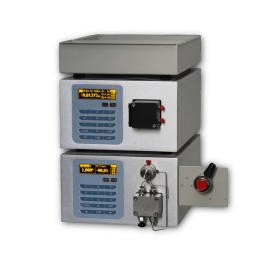
9. Sample Preparation
Proper sample preparation can aid in the prevention of pressure-related complications. Ascertain that the samples have been filtered and are free of particulate particles that could clog the column.
To protect the analytical column from sample contaminants, use guard columns.
10. Calibration and Validation
To maintain accuracy and dependability, calibrate and validate the HPLC system on a regular basis.
Perform system suitability checks on a regular basis to ensure that the system is operating within the parameters set.
Conclusion
Pressure control is an important feature of High-Performance Liquid Chromatography, affects the system’s efficiency, accuracy, and lifetime. To get good separations and trustworthy results in HPLC applications, analysts must be aware of the interplay between pressure, flow rate, and column performance.

